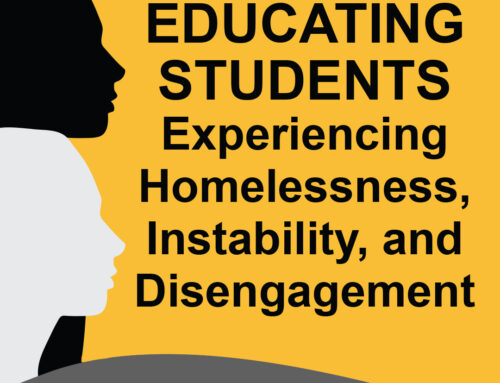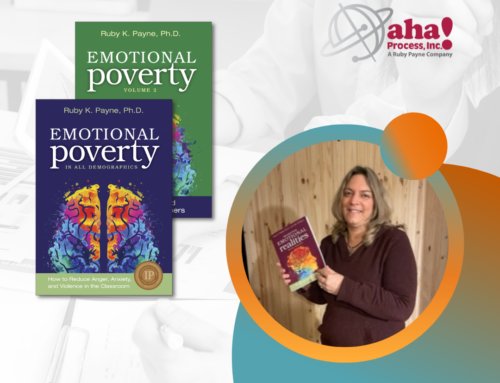A college in California is developing a Center for Teaching Excellence that will feature a teacher training and professional development program for instructors, many of whom are from professional fields and for the first time entering the teaching profession. Their intent, of course, is to provide opportunities for professional development for all faculty and staff, regardless of their backgrounds.
One area of professional development they plan to address is lesson planning. Ruby Payne, author of A Framework for Understanding Poverty, has a lesson design.
*In the Payne Lesson Design the top rectangle reminds us to identify not only the concepts, but also the associated vocabulary that must be taught. In the second rectangle we explain why the content is essential and how it relates to the purpose, patterns, and structure of the discipline. We’re not teaching Shakespeare because all students need to read his plays, but we teach language arts in order to teach students to communicate effectively—this is the purpose of the discipline. Playwriting is one structure of the discipline—one vehicle by which humans communicate. Shakespeare’s plays contain good examples of patterns in drama, and we follow certain processes to discover these patterns. All of the above are in direct response to a particular standard.
The third rectangle describes not only the “how” for the teacher (lecture about playwrights, etc.), but also the “how” for the student (students will compare Shakespeare’s style with that of another playwright). The mental model rectangle reminds us to develop a nonlinguistic representation to make each component concrete for students who have trouble with abstract concepts. The proof identifies how we will prove that our students have learned the content. Rubrics are recommended for use as often as possible.
I consider the Payne model to be the Cadillac of lesson plan designs; student teachers who use the plan say that it helps them better see the big picture and feel totally prepared when they walk into the classroom. What experiences have you had with the Payne Lesson Design? What are your recommendations?








